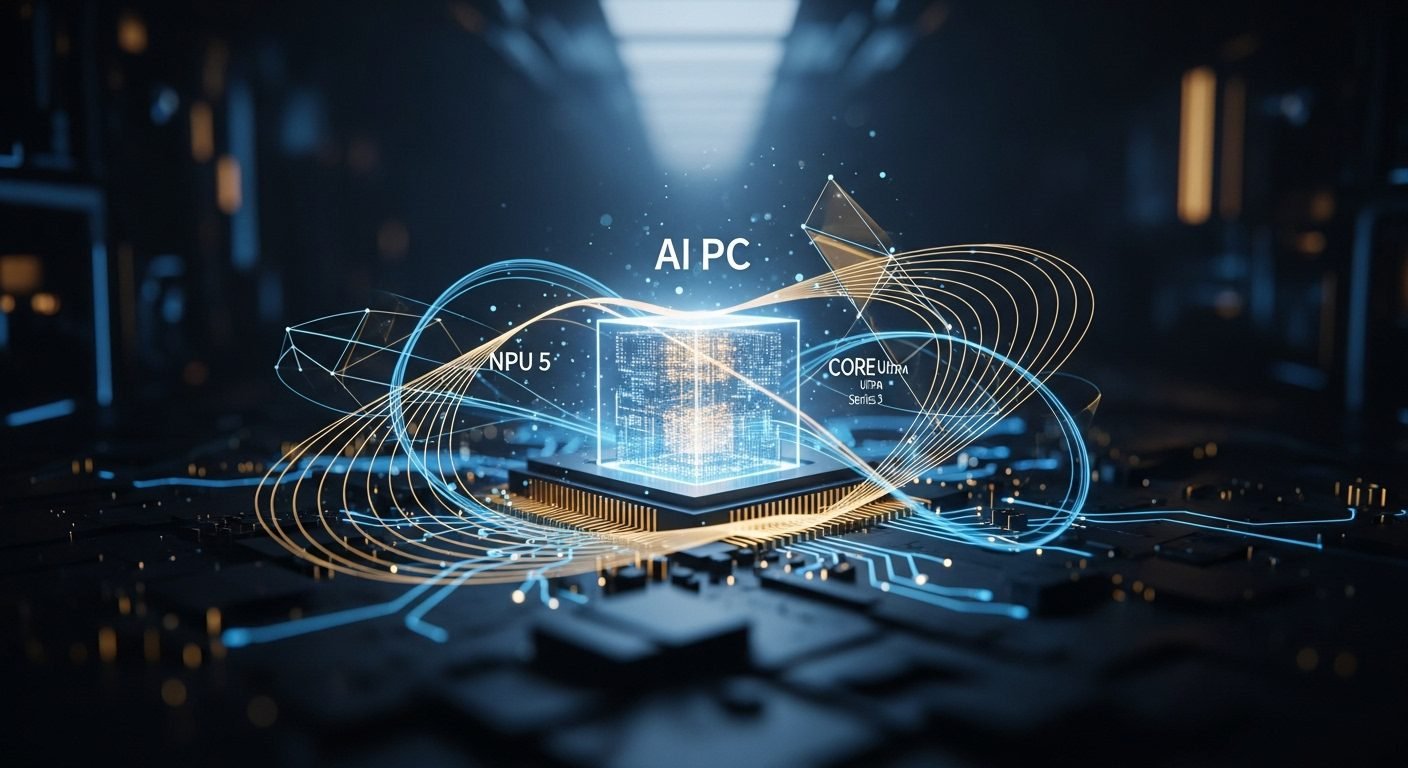What if the future of America’s tech leadership wasn’t about fostering innovation, but about pricing it out? This question looms large as President Donald Trump’s administration enacts a sweeping new policy for H-1B nonimmigrant visas.
Effective September 21, 2025, a startling $100,000 fee now applies to new H-1B applications for individuals currently outside the U.S. seeking to enter. Initially shrouded in confusion regarding its scope and an ill-informed suggestion by Commerce Secretary Howard Lutnick of annual application, the White House later clarified this as a one-time charge targeting future H-1B lottery cycles. This means current visa holders, renewals, and petitions filed pre-September 21st remain unaffected, thankfully avoiding immediate disruption for many already integrated into the U.S. workforce.
The Shifting Sands of Global Talent Acquisition
This isn’t an isolated policy tweak; it’s a significant marker in a broader strategy. The H-1B fee arrives concurrently with the introduction of new “Trump Gold Card” and “Platinum Card” visas, offering expedited residency for wealthy foreign nationals for fees ranging from $1 million to $5 million. Together, these moves paint a clear picture: a deliberate pivot towards an immigration system increasingly favoring those with substantial financial resources, rather than solely merit-based skills.
This “America First” approach, championed by proponents like White House spokesperson Taylor Rogers, is framed as a measure to curb perceived abuses of the H-1B program. The administration claims it will ensure only “very highly skilled” individuals enter the country, preventing the displacement of American workers and discouraging companies from “spamming the system and driving down wages.” However, the implications for the tech industry, a sector heavily reliant on these visas, are far from simple.
A New Blueprint for Digital Labor: Price Tag or Innovation Killer?
The tech giants like Amazon, Microsoft, and Meta, traditionally top recipients of H-1B visas, now face an unprecedented challenge. A $100,000 barrier for each new overseas hire fundamentally alters their talent acquisition strategy. When typical H-1B fees rarely exceeded $5,000, this new charge acts less like a deterrent and more like an effective ban for many organizations seeking to bring in specialized talent from countries like India (71% of beneficiaries) and China (11.7%).
The immediate aftermath has been chaotic, with immigration attorneys anticipating widespread legal challenges. JPMorgan and Microsoft reportedly urged overseas H-1B employees to return before the September 21st deadline, illustrating the palpable anxiety. This unilateral executive action, traditionally a congressional domain, introduces immense uncertainty, threatening to “kill” the program as we know it and disadvantage American firms in the global talent race. The long-term consequence could be a paradoxical increase in offshoring, as companies bypass the prohibitive U.S. entry cost by hiring and developing talent abroad. The evolving landscape of global tech visas
Future Frame: This policy isn’t just about immigration numbers; it’s a foundational shift in the global innovation landscape. Imagine a future where the U.S., once the undisputed magnet for the world’s brightest, becomes an exclusive club accessible only to the already affluent. This could catalyze the rise of new tech hubs globally, as talent and capital flow to more welcoming shores. The economic impact could reverberate for decades, potentially dulling America’s competitive edge and forcing a radical re-evaluation of how, and where, we cultivate the next generation of technological breakthroughs.
The Outlook: Redefining Global Competitiveness
Should this proclamation withstand the inevitable legal battles and be extended beyond its initial 12-month tenure, it promises to profoundly reshape skilled immigration. Companies will be forced to drastically reduce reliance on foreign talent, potentially leading to increased investments in domestic workforce development – or, more likely, a significant acceleration of job creation outside the United States. This could undermine the administration’s stated goal of prioritizing American jobs, instead pushing valuable innovation and employment opportunities to international markets. The policy reinforces a vision of immigration that prioritizes wealth, potentially creating a “gilded age” where economic means dictate access to U.S. opportunities. Impact of policy on AI innovation As this story unfolds, the tech world will be watching closely, understanding that the implications extend far beyond a single fee; they touch upon the very definition of America’s place in the future of global innovation. Read more about the immediate reactions here: Trump to impose $100,000 fee for H-1B visas.











